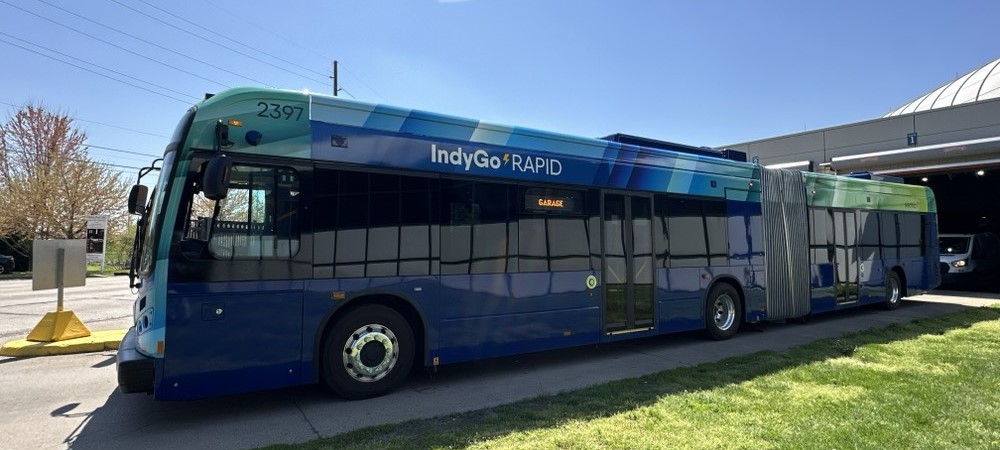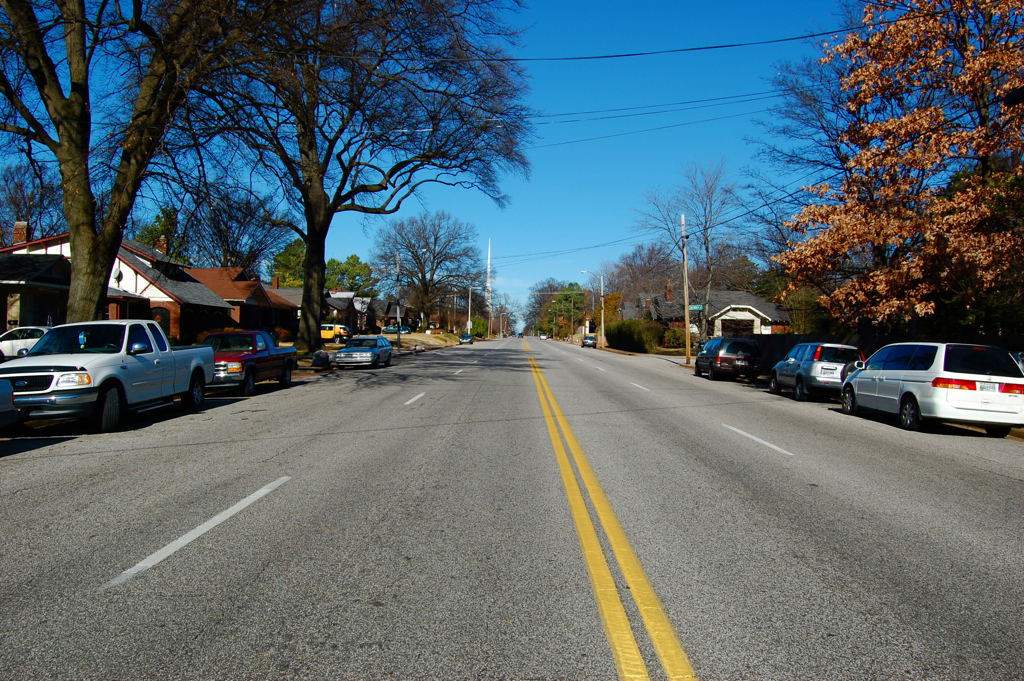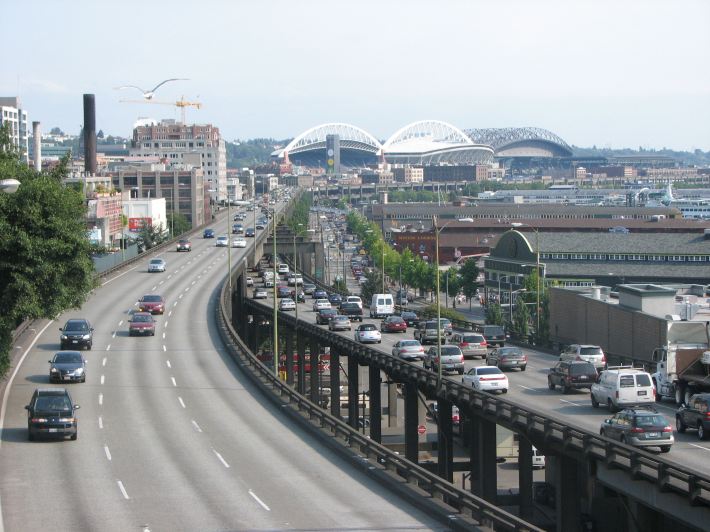
A recent report by U.S. PIRG and the Frontier Group, “Highway Boondoggles: Wasted Money and America’s Transportation Future,” examines 11 of the most wasteful, least justifiable road projects underway in America right now. Here’s the latest installment in our series profiling the various bad decisions that funnel so much money to infrastructure that does no good.
Seattle’s aging Alaskan Way Viaduct is a crumbling and seismically vulnerable elevated highway along the city’s downtown waterfront. After an earthquake damaged the structure in 2001, state engineers decided that the highway needed to come down, but the question of how (and whether) to replace it sparked nearly a decade of heated debate. The Washington State Department of Transportation (WSDOT) rejected calls to replace the viaduct with a combination of surface street and transit improvements, choosing instead an option that would result in more capacity: boring a mammoth tunnel underneath the city’s urban core. At 57 feet in diameter, it would be the widest bored tunnel ever attempted, with the full project carrying an estimated cost of at least $3.1 billion and perhaps as much as $4.1 billion.
Digging a double-decker tunnel was always the riskiest option for replacing the viaduct. The tunnel carried a high risk of going over even its exorbitant budget. In 2010, WSDOT acknowledged a 40 percent chance of a cost overrun, with a 5 percent risk that overruns could top $415 million.
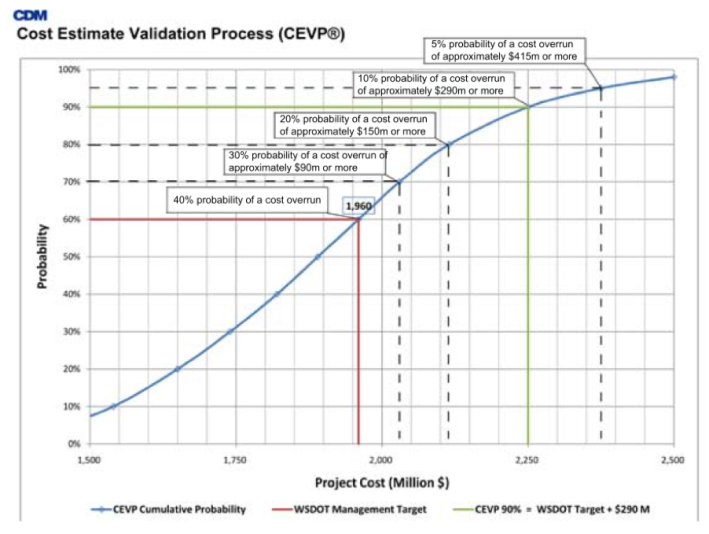
Shortfalls from tunnel tolls represent an additional financial risk: Soon after settling on the tunnel, the state cut its tolling revenue projections in half. State officials later suggested that further reductions in estimated revenue might be forthcoming. Together with other potential revenue shortfalls, some estimates projected that the funding gap could reach $700 million.
Since 2010, the financial risks of the project have only increased. “Bertha,” touted as the world’s largest tunneling machine, got stuck underground in December 2013 and is not expected to be able to resume work until March 2015 — and then only if precarious on-site repairs can be successfully completed. The project is also stuck in disputes over whether taxpayers or the project’s contractor must pay the estimated $125 million to repair the giant boring machine to get it going again, and in a lawsuit about whether the rescue operation should even be undertaken.
The expensive tunnel is not projected to improve traffic significantly compared with the rejected streets-and-transit hybrid alternative, a combination of a four-lane urban-scaled street on the waterfront, one additional lane on a nearby interstate highway, and hundreds of millions of dollars in improvements to city streets and area bus service.
WSDOT’s own statistics show that the tunnel, if completed, would likely increase traffic delays downtown compared with the rejected streets-and-transit plan. At best, the tunnel was projected to reduce traffic delays in the surrounding four-county region by only about 1 percent, compared with the rejected alternative; and those delays could have been further reduced by expanding transit service under the hybrid plan.
With the tunnel now stymied, some elements of the hybrid plan have been temporarily put into place to relieve congestion caused by the construction, and have even been extended to accommodate the construction delays. (Their ability to help is, however, hampered by the fact that other transit services in the community are on the chopping block.) According to WSDOT’s 2013 Annual Traffic Report data, traffic at one end of the Alaskan Way Viaduct was on the decline before tunnel construction began, and has since declined even more.
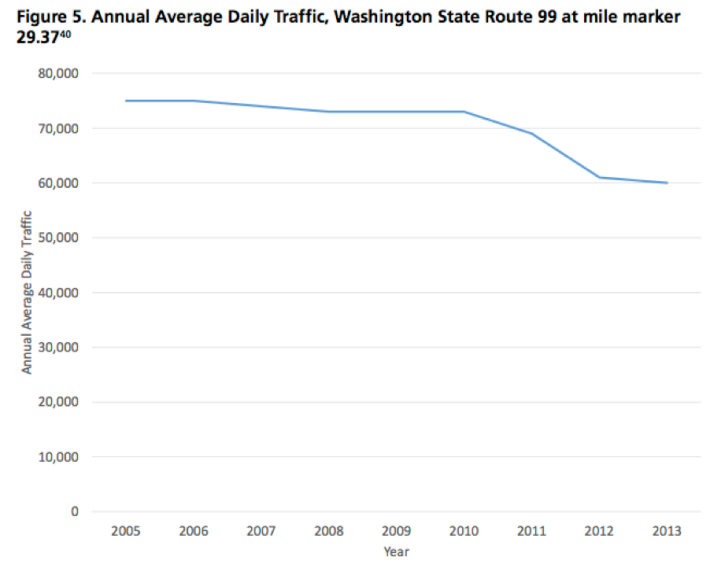
In the region, average daily traffic has dropped 23 percent, and transit ridership has leapt 42 percent.
If the tunnel is ever finished, and if a proposal to charge tolls on the tunnel goes through, the project will have spent billions of taxpayer dollars to attract fewer drivers than are using the existing roadways right now. Traffic projections for even the cheapest tolls are at least 8 percent and perhaps as much as 35 percent below what the traffic volume has become during construction.
While the money spent on the tunneling project thus far may never be recouped, state officials have an opportunity to revisit the scope of the project and select options that are less likely to cause financial and traffic turmoil.
Phineas Baxandall, senior policy analyst at U.S. PIRG, and Jeff Inglis, policy analyst at the Frontier Group, are co-authors of the report, “Highway Boondoggles: Wasted Money and America’s Transportation Future.”


